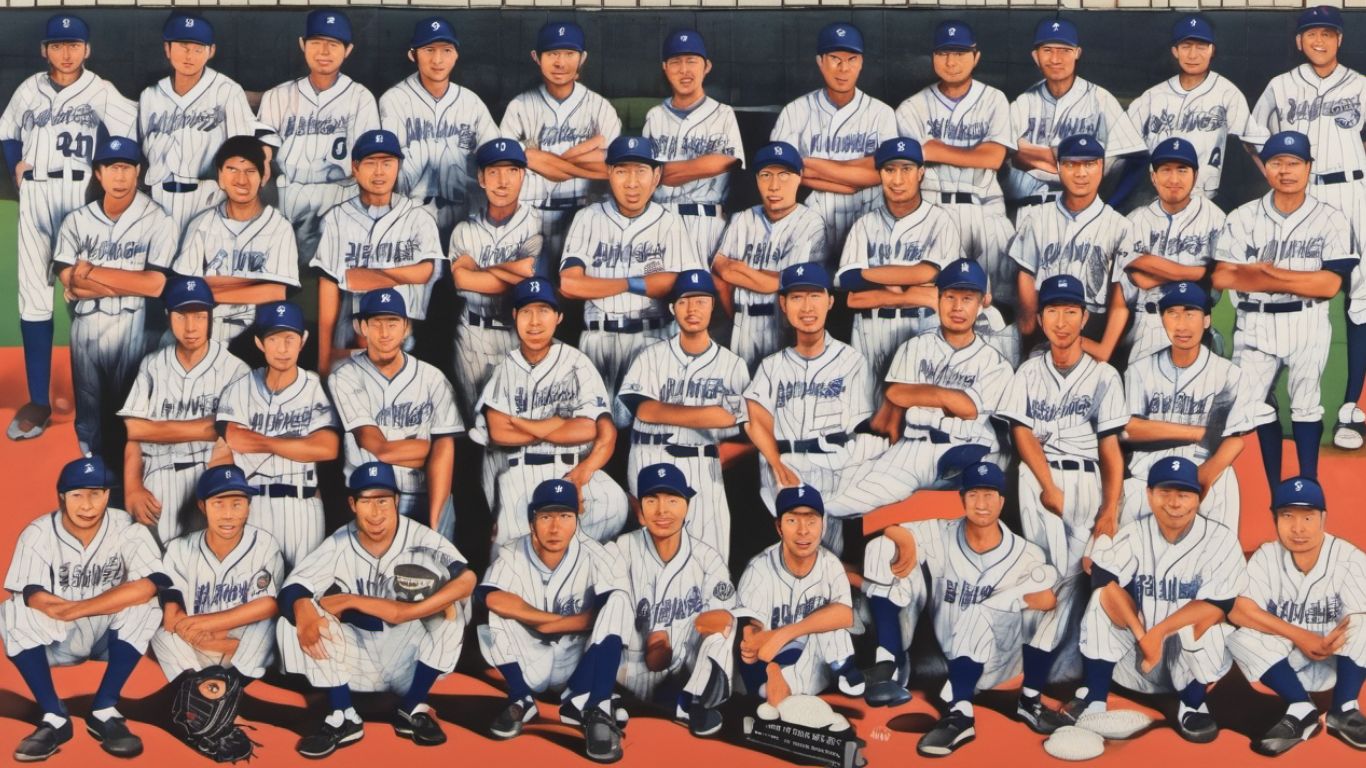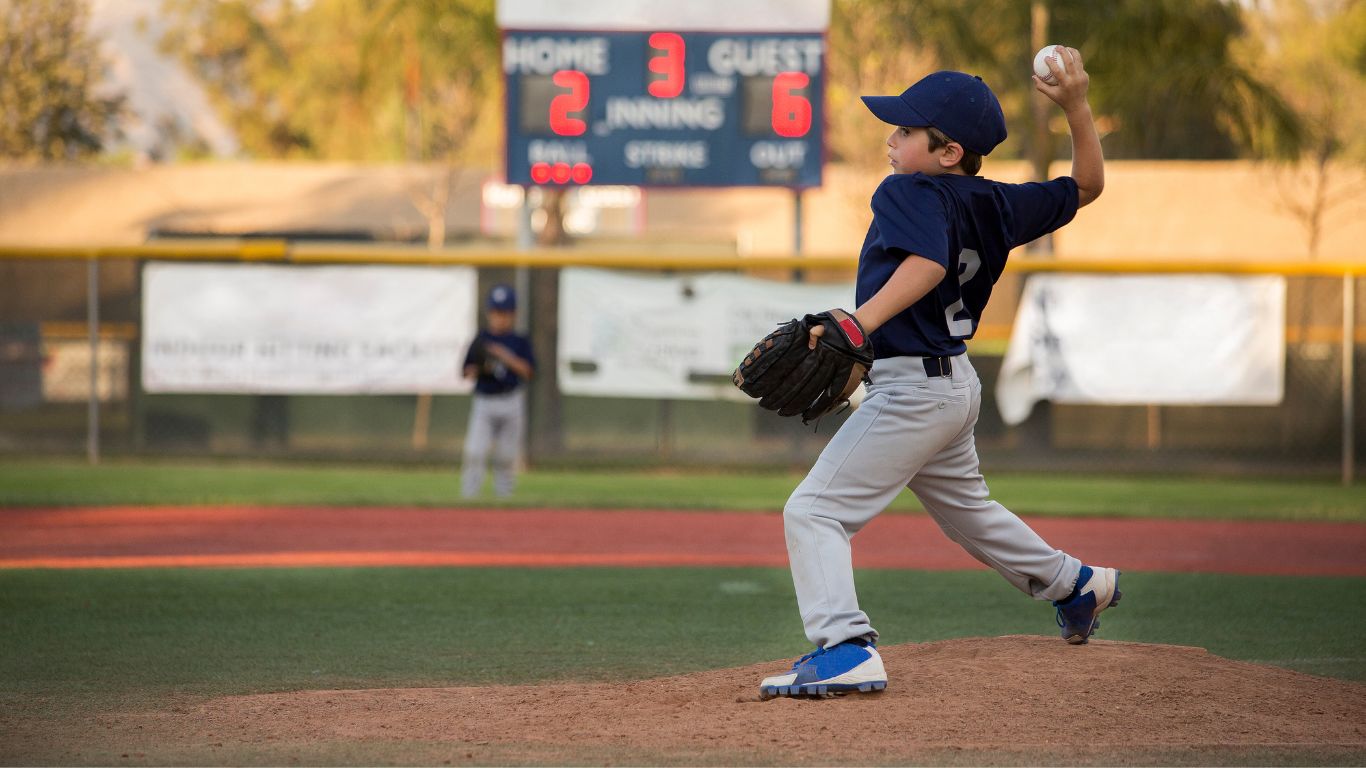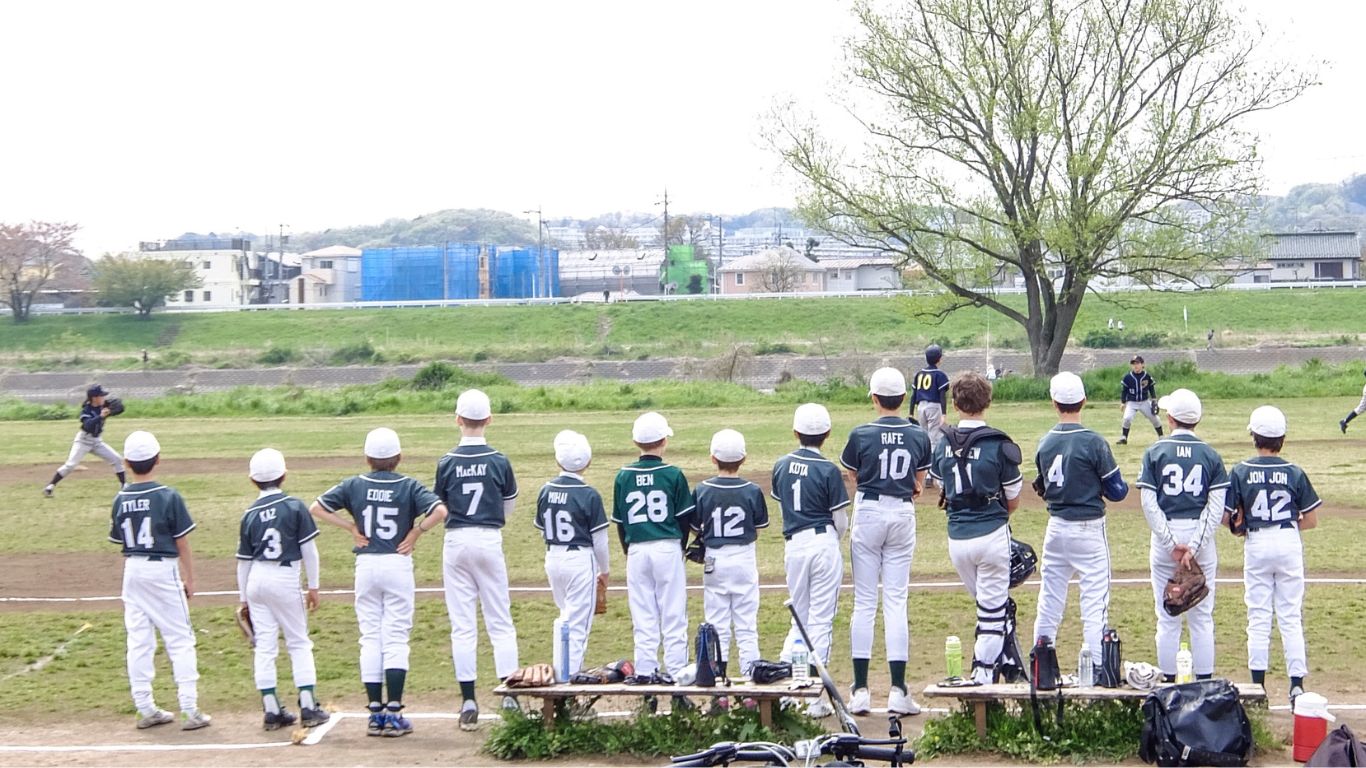Japan is a country known for its rich culture, cutting-edge technology, and, of course, its love for baseball. When it comes to this beloved sport, Japan has a unique take on the game, including specific rules and nuances that might surprise fans familiar with the American or Major League Baseball (MLB) version.
One of the most significant differences is the structure of the game itself, particularly the duration of play and how many innings it includes. This blog post uncovers the intricacies of Japanese baseball, addressing the question on the minds of many international fans: how many innings in Japanese baseball?

The Format of the Game
The standard format of a Japanese baseball game is similar to the MLB, with two competing teams and their respective lineups taking turns to bat and field. However, the timing and some rules significantly differ.
Length of a Standard Game
In the MLB, a game consists of nine innings unless extra innings are needed to break a tie. In the Nippon Professional Baseball (NPB) league, a standard game also features nine innings. However, there are some occasions, like a tie game, where extra innings can lead to an indefinite play, a uniqueness that can make for both exciting and lengthy games.
Differences in Batting Order
Batting order rules in Nippon Professional Baseball are different as well. The designated hitter (DH) rule applies only in the Pacific League when it plays at home, while the Central League does not use the DH rule. The DH rule requires pitchers to step up to the plate and bat—a significant strategic element that influences the game’s pace and team strategy.
The Integration of Rules
On the surface, the distinct style of play in the Japanese league is influenced by a few fundamental rules that have been integrated into the sport for a unique experience.
Pitch Counts and Rest Days
A regulatory difference in play comes from the pitch count rules. Japanese baseball utilizes a five-day pitching rotation, leading to pitchers in the league often having a lower pitch count compared to their American counterparts, which puts a premium on the art of controlled pitching.
The Influence of High School Baseball
High school baseball in Japan is a big deal; matches at Koshien Stadium can draw national attention. The impact of baseball at this level, with its stringent rules, pitcher-friendly approach, and emphasis on heroics, sometimes carries over into the professional game.

How Japanese Baseball Reflects Culture
Japanese baseball extends beyond mere sport—it mirrors the nation’s values, social fabric, and mindset. Understanding these contextual influences sheds light on the game’s allure.
The Collective Spirit
One key difference in Japanese baseball is the emphasis on collective team play over individual highlights. Team-oriented strategies and small-ball tactics are often favoured, reflecting the Japanese cultural value placed on harmony and unity.
The Role of the Manager
In Japan, the baseball manager wields substantial authority, often playing a more hands-on role in decision-making during games compared to managers in the MLB, who might defer to data-driven analytics or team GMs for certain moves.
Notable Games and Records
With its rich history, Japanese baseball has several notable games and records that showcase its distinct flavour and the passion it ignites among fans.
Breaking Barriers and Records
When discussing Japanese baseball, it’s impossible to ignore the impact of players who crossed the Pacific to play in the MLB, like legendary home-run hitter Sadaharu Oh, who still holds the world record for the most home runs in a professional career. His exploits in both leagues demonstrate the deep connections between the two baseball cultures.
Memorable Matches and Milestones
From historic games that went into more than 20 innings to significant milestones reached by players, Japanese baseball has seen its fair share of moments that have etched themselves into the annals of the sport globally.
Tips for Enjoying the Game as a Visitor
Suppose you’re a baseball enthusiast or a traveller planning to catch a game in Japan. In that case, there are several tips to maximize your experience and immerse yourself in the spirited world of Japanese baseball.
Learn the Chants and Cheers
Expect a spirited atmosphere at the ballparks, with coordinated chants and cheers from the fans known as ‘Brendan’, adding a vibrant buzz to the game. Learn a few of them to join in and truly feel the energy of the crowd.
Indulge in the Culinary Traditions of the Game
Food is an integral part of any live sporting experience, and that’s no different in Japanese baseball. Concession stands offer a variety of traditional and local stadium food that shouldn’t be missed.

The Future of Japanese Baseball
As the sport continues to evolve globally, the future of Japanese baseball also looks set for change. Potential rule modifications and a growing international presence present new opportunities and challenges.
The Push for Global Recognition
There’s a concerted effort to increase Japanese baseball’s global recognition, with increased participation in international tournaments and games featuring foreign teams helping to showcase the league’s talent and style of play.
Rule Adjustments and Innovations
In response to specific challenges and to stay relevant, the NPB and its teams are exploring rule changes and technological innovations, including the potential expansion of the DH rule to the Central League.
Frequently Asked Questions
1. How many innings are there in a Japanese baseball game?
– In Japanese baseball, a standard game consists of 9 innings.
2. Do Japanese baseball games ever go into extra innings?
Yes, if the score is tied after nine innings, Japanese baseball games can go into extra innings.
3. Is there a mercy rule in Japanese baseball?
– Yes, there is a mercy rule in Japanese baseball, which states that the game may be called early if one team wins by a certain margin after a certain number of innings.
4. Are tie games allowed in Japanese baseball?
– No, tie games are not allowed in regular-season Japanese baseball games. Extra innings are played until there is a winner.
5. How long does an average Japanese baseball game last?
– On average, a Japanese baseball game typically lasts around 3 hours.
6. Can teams use designated hitters (DH) in Japanese baseball?
– Yes, designated hitters (DH) are allowed in Japanese professional baseball.
7. Are there different rules for playoffs or tournament games in Japanese baseball?
The rules for playoffs or tournament games in Japanese baseball are generally the same as those for regular season games, with some minor exceptions for scheduling and format.
8. Is there an instant replay review used in Japanese baseball?
– Instant replay review is not currently used in Japanese professional baseball for umpire decisions on the field.
Conclusion
Japanese baseball offers a different yet captivating experience for those accustomed to its American counterpart. The heritage, integration of unique rules, and moments that define the sport all contribute to creating a passion that’s not only reserved for the fans but also reverberates through a nation’s very essence. Whether you’re a sports enthusiast, a traveller, or just curious about baseball, exploring the world of Japanese baseball can open your eyes to a yet-unseen facet of the game and its resonating impact on culture.









